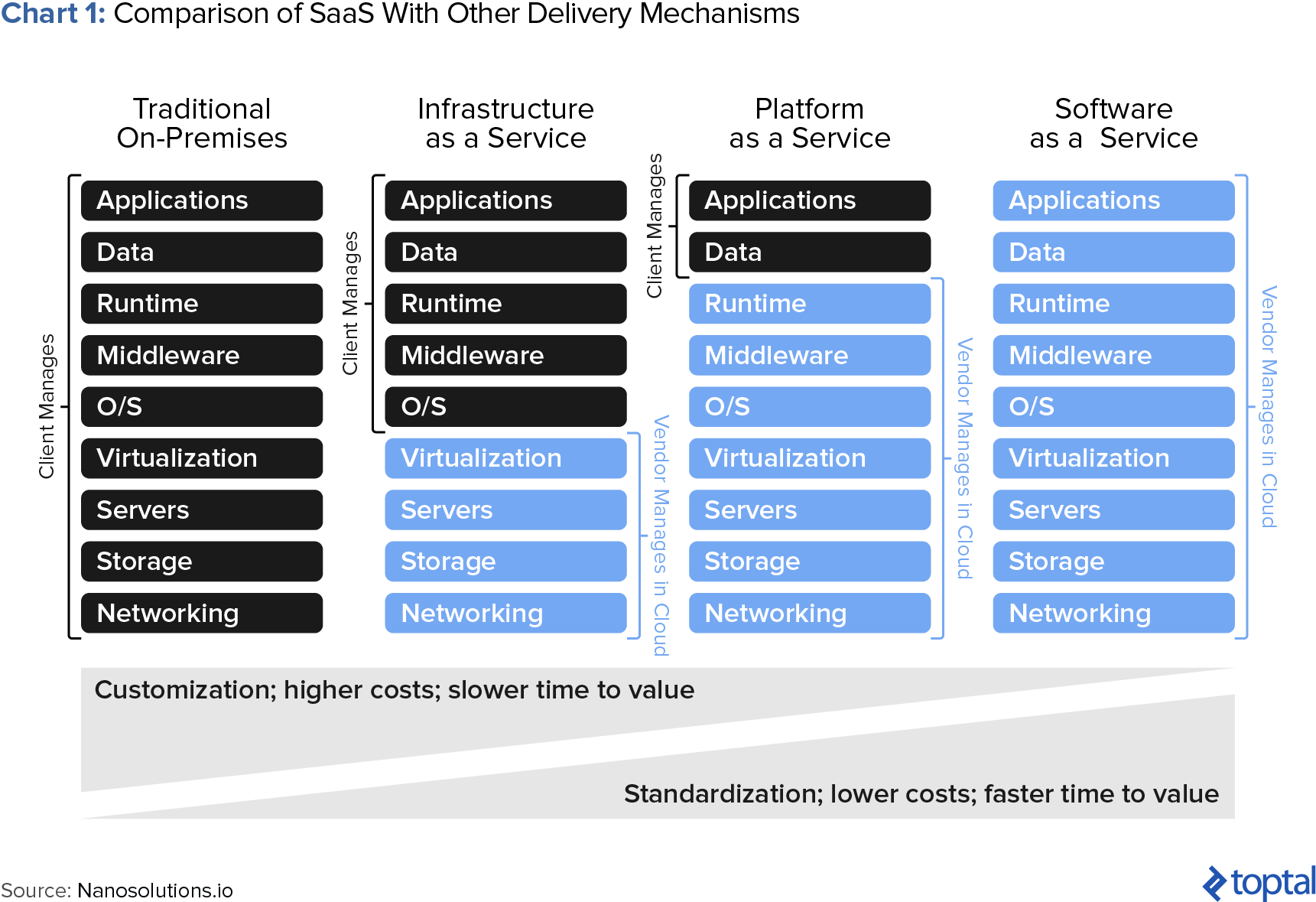Pricing is one of the most important financial levers that companies have at their disposal to influence the financial success of their business. However, it is not an easy task.
Firstly, pricing affects multiple stakeholders, both inside and outside the company. Experimenting with pricing is therefore not a task that should be taken lightly. Secondly, finding the right price is notoriously hard. Customer preferences are hard to gauge ex-ante, and internally, it can be difficult to foresee the effects of pricing changes on the financial performance of a company. And finally, of course, pricing doesn’t happen in a vacuum. In any competitive market, pricing changes can often lead to retaliatory actions which end up canceling out the intended effect of the pricing adjustment.
With this in mind, techniques and methods for getting around these challenges are extremely useful.
In my experience, having co-founded a developer tools startup that uses a SaaS model, I have come to appreciate the SaaS business model as being, amongst other things, very pricing-friendly. The intrinsic characteristics of SaaS and its delivery mechanism have important ramifications related to pricing which, in turn, can be extremely useful in the financial management of your company.
In this article, I explore in more detail what these are and how they can benefit your business from a financial analysis and management standpoint.
What is SaaS?
Software as a Service (SaaS) is a software licensing and delivery model in which software is licensed by a third party and delivered to clients through the internet. Compared to locally hosted software models, SaaS clients do not have to install the software, update it, maintain it and integrate it. The vast majority of technical aspects are “taken care of” by the SaaS provider so that the client can start using the SaaS product with little effort.
The ramifications and benefits of SaaS versus other types of services are displayed graphically in chart 1 below. As you can see, with traditional on-premises software, the client has to manage most of the activities related to setting up and running the software. At the opposite end of the spectrum, SaaS takes care of all of this on the software provider’s side. There are shades in between; for instance, Infrastructure as a Service and Platform as a Service.

The pros and cons of SaaS are fairly straightforward. On the one hand, SaaS is much easier to set up and run. It doesn’t require local servers, storage, management, etc. On the other hand, it doesn’t allow the same level of customizability that on-premises software can provide.
The change from locally hosted software to SaaS has been happening for some time, and is part of a more general shift in the IT industry to cloud-based applications. According to FTI Consulting, 69% of businesses today use at least one cloud-based application.
The shift to SaaS from on-premise services can be seen nicely when one looks at Adobe, one of the industry’s most well-known players. As can be seen in chart 2, courtesy of Tom Tunguz, Adobe’s non-SaaS product revenue peaked in 2011 at $3.4 billion and halved to $1.6 billion in just three years. Such a drop in revenue would normally have huge ramifications, but Adobe has also been offering a suite of SaaS products, which have increased in revenue five-fold, from $0.45 billion in 2011 to $2.1 billion in 2014. Adobe’s changing product mix is indicative of the overall industry’s shift away from locally hosted software towards cloud-based software provision, such as SaaS.

All indications are that this trend is likely to continue. Gartner estimates that SaaS application software was a $144 billion market in 2016 and that, by 2020, businesses will be shifting to cloud-based software to the tune of $216 billion a year.
If you find this interesting read the rest part of the article click here